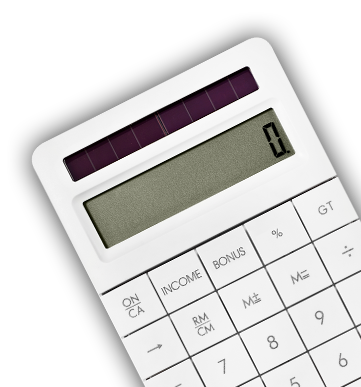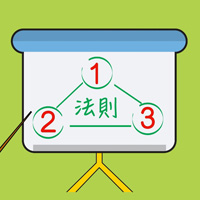Estimating Your Retirement Needs
 Different people have different retirement needs. If you want to design a retirement investment plan that will realize your own personal retirement objectives, the first step is to know what your retirement needs will be.
Different people have different retirement needs. If you want to design a retirement investment plan that will realize your own personal retirement objectives, the first step is to know what your retirement needs will be.Retirement life can extend to 20 years or more, and during that period the spending mode of retirees tends to change. In the early period of retirement, retirees tend to lead more active lives. Apart from basic expenses, their spending may be focused on activities for enjoying life, such as developing personal interests or travelling. Later, as they get older, health problems may kick in and medical expenses rise, with entertainment expenses going down correspondingly. You should design your retirement life according to your actual situation.
The “Rule of 123”
To realize your ideal retirement life, you should start by estimating the amount of retirement savings you will need. You may make reference to the “Rule of 123”:| 1 | “1” stands for your expenses in one month, i.e. your anticipated average monthly expenses during retirement. You need to take into consideration that certain expenses (e.g. entertainment expenses and medical expenses) may increase after retirement. On the other hand, other expenses are likely to fall after retirement, such as transportation expenses for getting to work, or expenses related to raising children or repaying mortgage loans. |
| 2 | “2” stands for two numbers relating to years: first, the number of years before retirement, and second, the expected number of years of retirement. The greater the number of years before your retirement, the longer you have for retirement investment. The greater the expected number of years of your retirement, the more retirement savings you will need to cover your retirement needs. |
| 3 | “3” stands for three percentages: the average inflation rate, the expected rate of return of your savings or investments before retirement, and the expected rate of return of your savings or investments during retirement. |
Retirement Planning Calculator
You may use the following online tools to estimate your retirement needs.
- Retirement Planning Calculator
- Retirement Planning Mobile Apps (in Chinese only)




